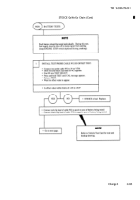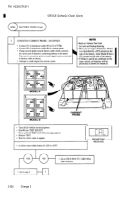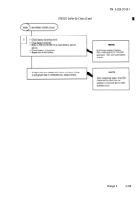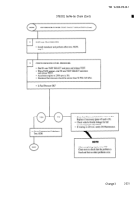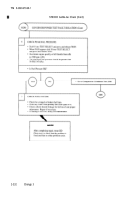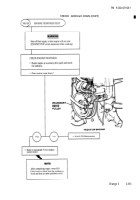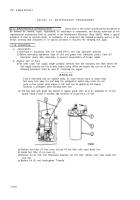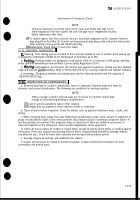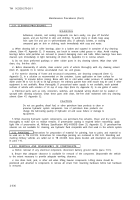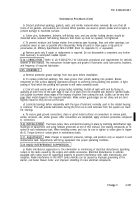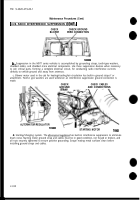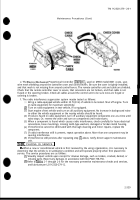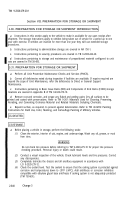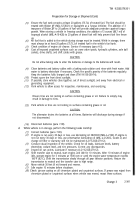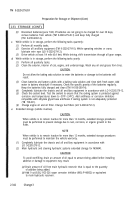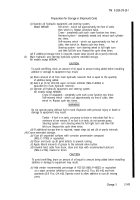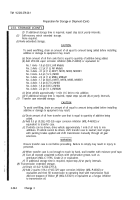TM-9-2320-279-20-1 - Page 415 of 985
Tfvl 9-2320-279-20-1
Maintenance Procedures (Cent)
NOTE
It may be necessary to remove valve rocker cover and loosen fuel pipe nut to
bleed trapped air from fuel system. Be sure fuel pipe nut is retightened securely
before replacing rocker cover.
@ To restart engine, fuel lines must be rid of air to provide adequate fuel for injectors. Remove
pipe plug (5) at fuel filter (l). Connect priming pump at pipe plug outlet and prime fuel system.
After priming, remove pump and install pipe plug.
(g) Start engine. Check filters (1 and 4) for leaks.
12-19.
GROUND HANDLING. [
a. Towing. Two
towing eyes are located at front and two located at rear of vehicle. Each towing eye
is designed to withstand a 60,000 lb (27 240 kg) pull at directions up to 450.
b. Parkhg.
Parking brakes are designed to hold vehicle GVW on a minimum of 20% grade, pointing
either uphill or downhill per Federal Motor Carrier Safety Regulation 393.41.
c. Moving Instructions.
For forward, aft, lateral, and upward movements, vehicle has four tiedown
rings and uses the pintle assembly. Refer to TM 9-2320-279-10 for mooring condition and tiedown locations.
d.
Hoisting.
Slinging assemblies and towing eyes used for hoisting vehicle have lift capacity of
108,000 lb (49 032 kg).
12-20. INSPECTION OF COMPONENTS. [
a. Examine bearings for rusted or pitted balls, races, or separator. Examine balls and races for
abrasion, and serious discoloration. The following are conditions for bearing rejection.
NOTE
Nicks or gouges outside race load areas are not cause for rejection unless deep
enough to cause bearing binding or misalinement.
(1) Cuts or grooves parallel to ball or roller rotation.
(2) Fatigue pits (as opposed to minor machine marks or scratches).
b. Clean all parts before inspection. Check for defects such as physical distortion, wear, cracks, and
pitting.
c. When removing drain plugs from axle differential and planetary hubs, check amount of sediment on
plugs. Accumulations of grit or fine metal particles may indicate actual or potential component failure. A
few fine particles are normal. This inspection helps to determine if there are defective parts prior to
internal inspection of the component, and to predict degradation of the equipment.
d.
Check all hose surfaces for broken or frayed fabric, breaks caused by sharp kinks, or chafing against
other parts of the unit. Inspect metal tubing lines for kinks. Inspect fitting threads for damage. Replace
any defective part. Check for leaks after assembly and during initial operation period.
e. Visually inspect all castings and weldments for cracks.
f.
Inspect all harnesses for chafed or burned insulation. Inspect all terminal connectors for loose
connections and broken parts.
2-335
Back to Top

